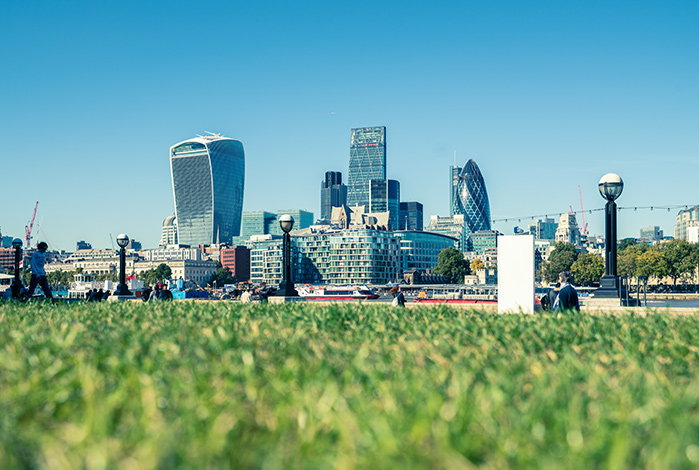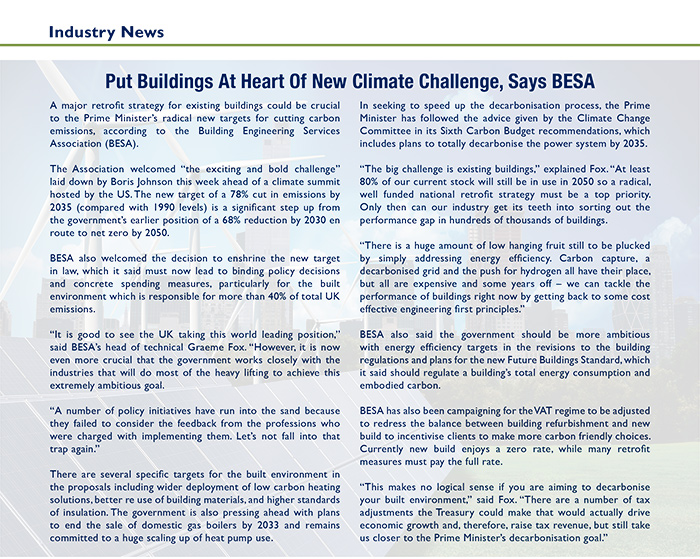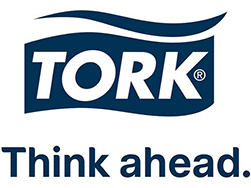Put Buildings At Heart Of New Climate Challenge, Says BESA
 A major retrofit strategy for existing buildings could be crucial to the Prime Minister’s radical new targets for cutting carbon emissions, according to the Building Engineering Services Association (BESA).
A major retrofit strategy for existing buildings could be crucial to the Prime Minister’s radical new targets for cutting carbon emissions, according to the Building Engineering Services Association (BESA).
The Association welcomed “the exciting and bold challenge” laid down by Boris Johnson this week ahead of a climate summit hosted by the US. The new target of a 78% cut in emissions by 2035 (compared with 1990 levels) is a significant step up from the government's earlier position of a 68% reduction by 2030 en route to net zero by 2050.
BESA also welcomed the decision to enshrine the new target in law, which it said must now lead to binding policy decisions and concrete spending measures, particularly for the built environment which is responsible for more than 40% of total UK emissions.
“It is good to see the UK taking this world leading position,” said BESA’s head of technical Graeme Fox. “However, it is now even more crucial that the government works closely with the industries that will do most of the heavy lifting to achieve this extremely ambitious goal.
“A number of policy initiatives have run into the sand because they failed to consider the feedback from the professions who were charged with implementing them. Let’s not fall into that trap again.”
There are several specific targets for the built environment in the proposals including wider deployment of low carbon heating solutions, better re-use of building materials, and higher standards of insulation. The government is also pressing ahead with plans to end the sale of domestic gas boilers by 2033 and remains committed to a huge scaling up of heat pump use.
Advice
In seeking to speed up the decarbonisation process, the Prime Minister has followed the advice given by the Climate Change Committee in its Sixth Carbon Budget recommendations, which includes plans to totally decarbonise the power system by 2035.
“The big challenge is existing buildings,” explained Fox. “At least 80% of our current stock will still be in use in 2050 so a radical, well-funded national retrofit strategy must be a top priority. Only then can our industry get its teeth into sorting out the performance gap in hundreds of thousands of buildings.
“There is a huge amount of low hanging fruit still to be plucked by simply addressing energy efficiency. Carbon capture, a decarbonised grid and the push for hydrogen all have their place, but all are expensive and some years off – we can tackle the performance of buildings right now by getting back to some cost-effective engineering first principles.”
BESA also said the government should be more ambitious with energy efficiency targets in the revisions to the building regulations and plans for the new Future Buildings Standard, which it said should regulate a building’s total energy consumption and embodied carbon.
BESA has also been campaigning for the VAT regime to be adjusted to redress the balance between building refurbishment and new build to incentivise clients to make more carbon-friendly choices. Currently new build enjoys a zero rate, while many retrofit measures must pay the full rate.
“This makes no logical sense if you are aiming to decarbonise your built environment,” said Fox. “There are a number of tax adjustments the Treasury could make that would actually drive economic growth and, therefore, raise tax revenue, but still take us closer to the Prime Minister’s decarbonisation goal.”
























































